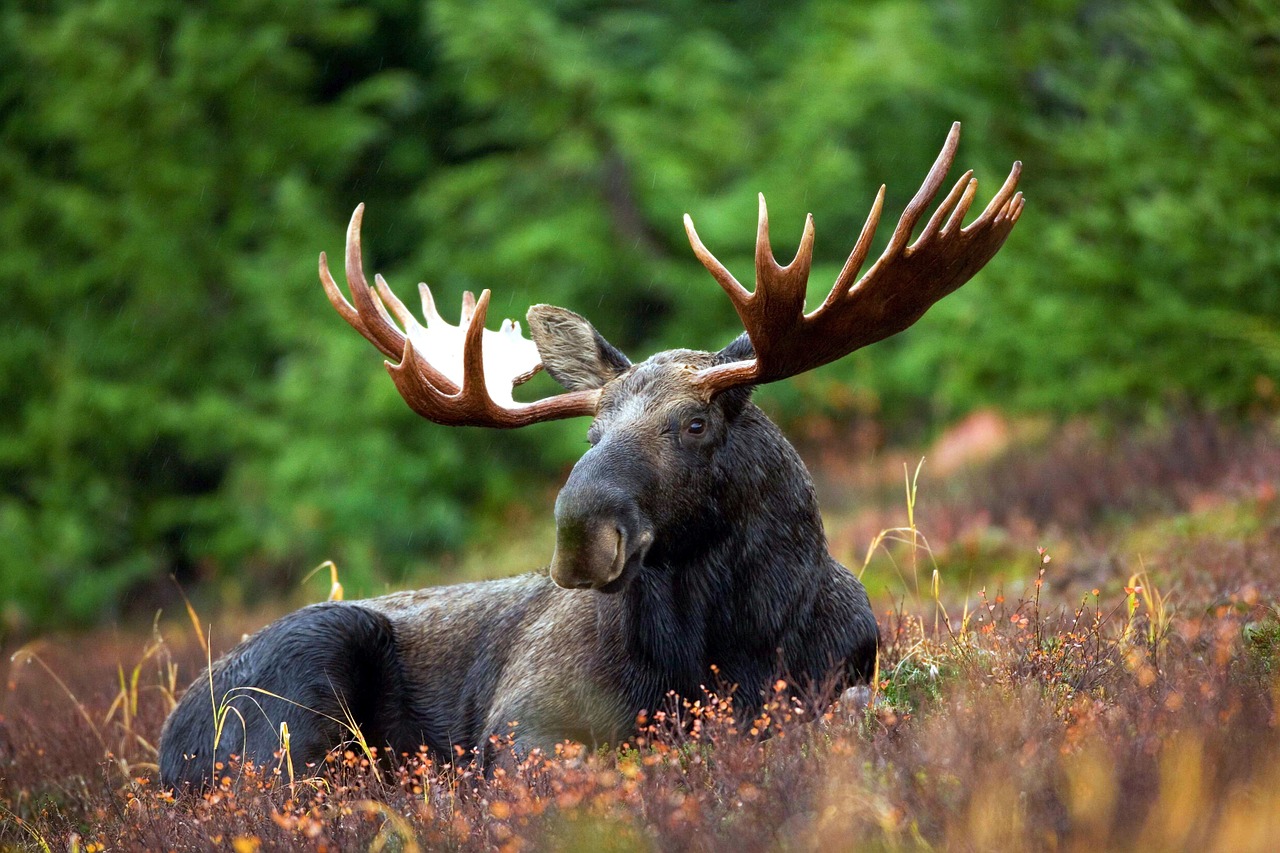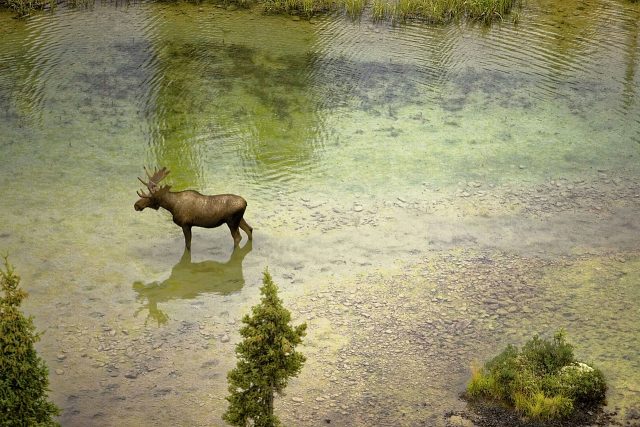Siberian Moose carry genes believed to have vanished with the Ice Age
by Doug Williams

Researchers have claimed that they have discovered the genetic gems found hidden deep in the DNA of modern-day gangs of moose have remarkable similarities with the genes found in the remains of the ancient animal. The match was found after sequencing against the records kept in the International Computer Database GenBank.
The genetic variations are believed to have been widely spread among the ancient moose sometime between 30,000 to 40,000 years ago. However, as the Ice Age started reaching its Zenith; around 18,000 to 24,000 years ago to be more precise, these genetic lines also disappeared.
According to Olga Nemoikina, who is the researcher at the Biological Institute of Tomsk State University, the Western Siberia can be classified as a white spot; which means that no molecular study of animals has ever been held in this region. She added that the discovery of the moose’s ancient gene seemingly confirms the existence of regugia.
Regugia is the name associated with the theoretical places where populations (of animals and even humans) can evolve to survive in extremely hostile and unfavorable conditions like glacial areas or deserts.
Nemoikina believes that the Western Siberian region can be considered as fairly ideal plain, as the absence of any large natural barriers allowed the moose were able to spread wide and pass very rare genetic lines.

When the population of these Elks grew again, these genetic lines returned to the common gene pool that effectively increased the biodiversity and adapted to change their habitat.
Talking about the wildlife of the region Nemoikina said that the animals found in the region are a sort of genetic repository for those species which live and thrive in these harsh conditions.
Olga Nemoikina was also involved earlier in a joint research project with specialists from the A N Sieverts Institute of Ecology and Evolution in Moscow. She had found out during the course of her research that the moose found in the western Siberia contained American Haplogroup, challenging the previously held notion that western Siberia was home to only European moose.

No comments:
Post a Comment